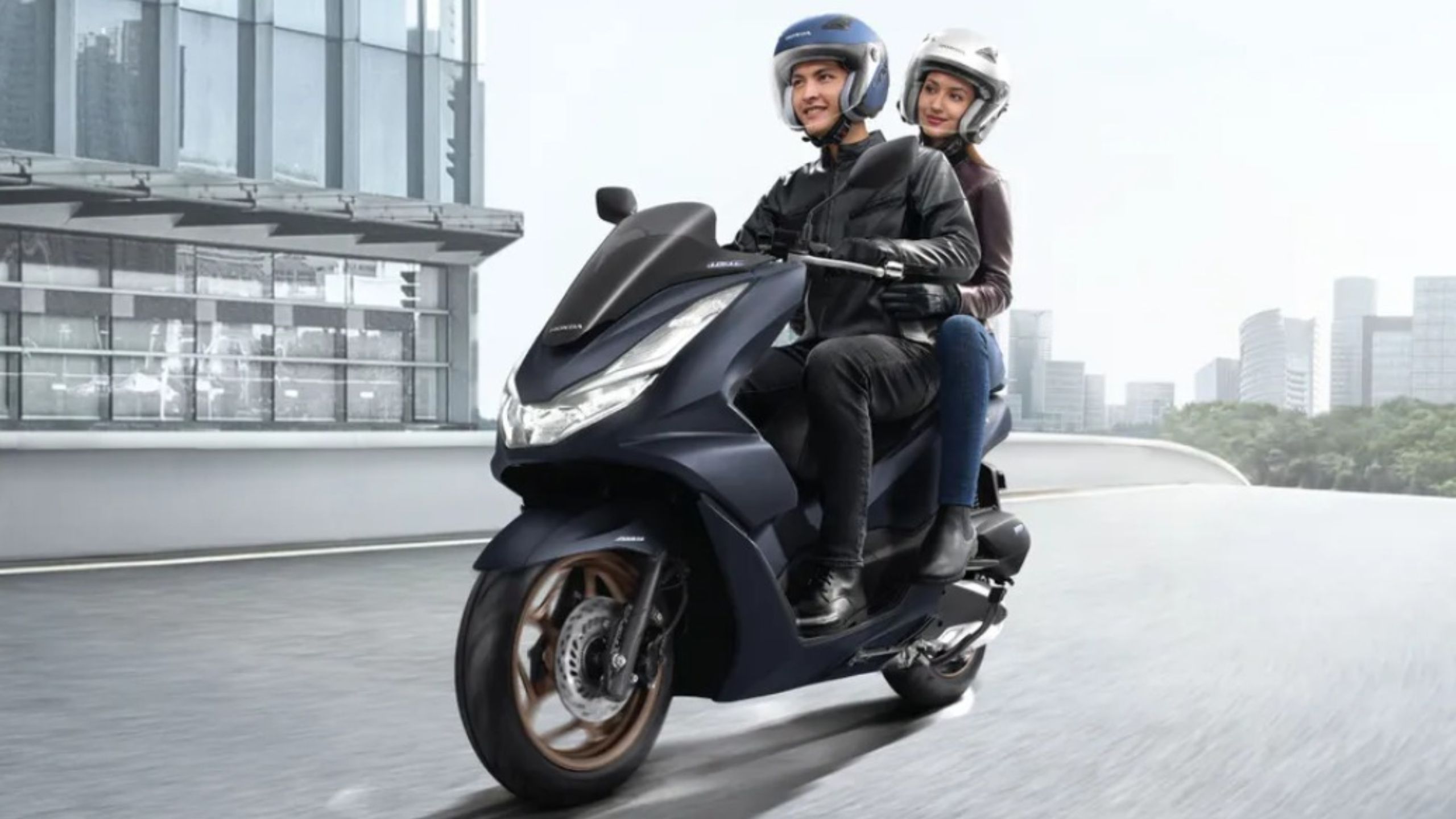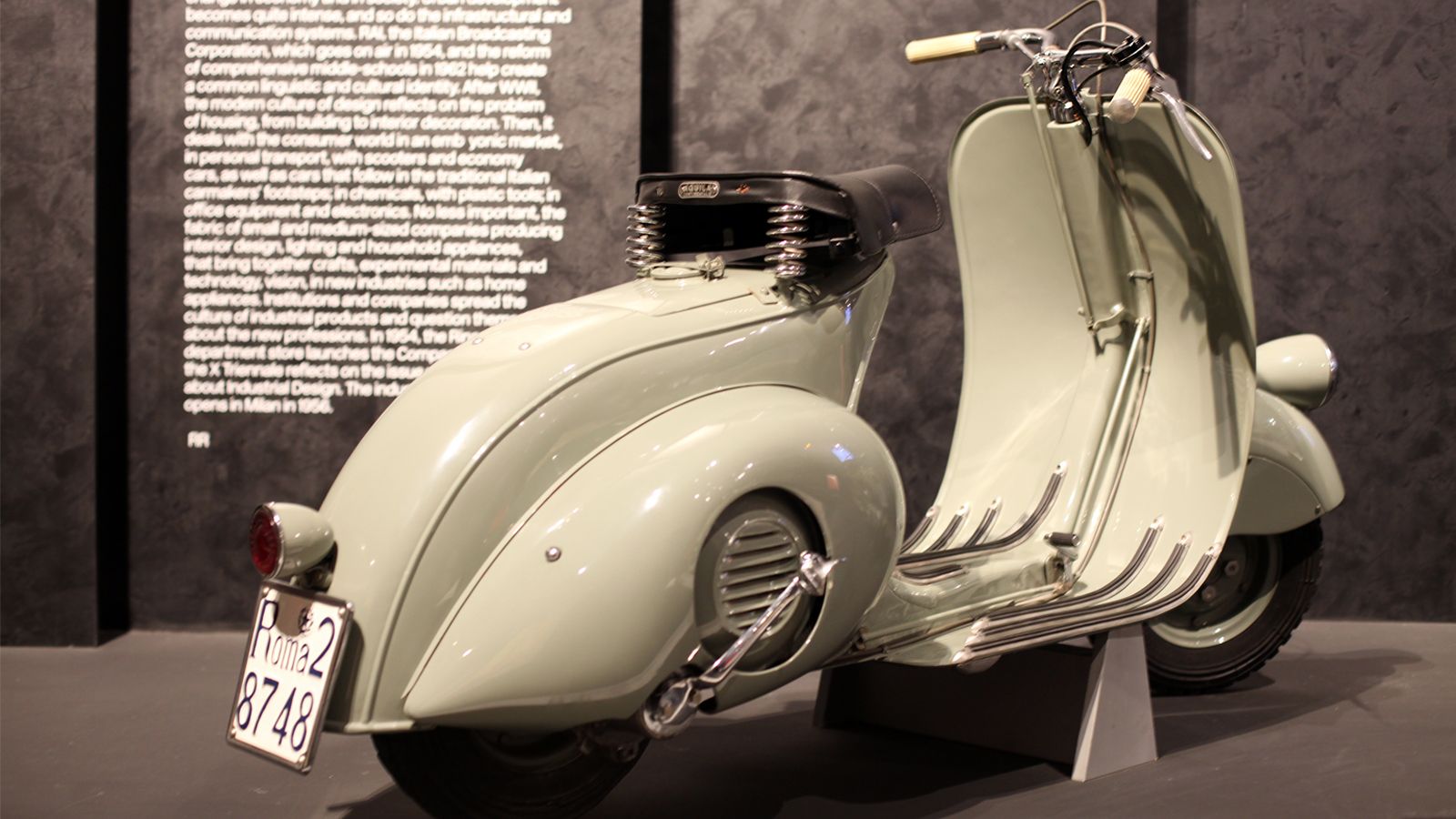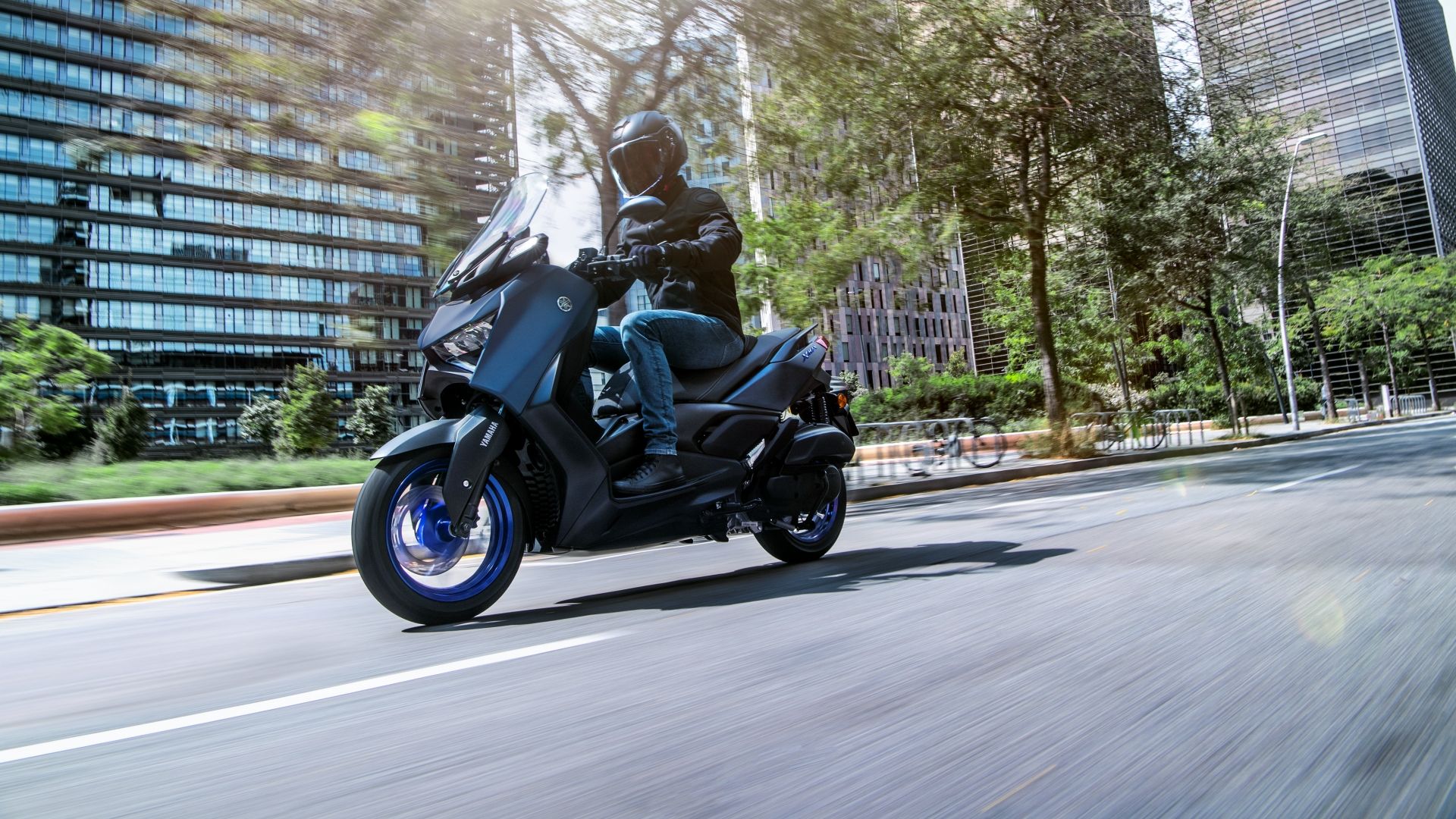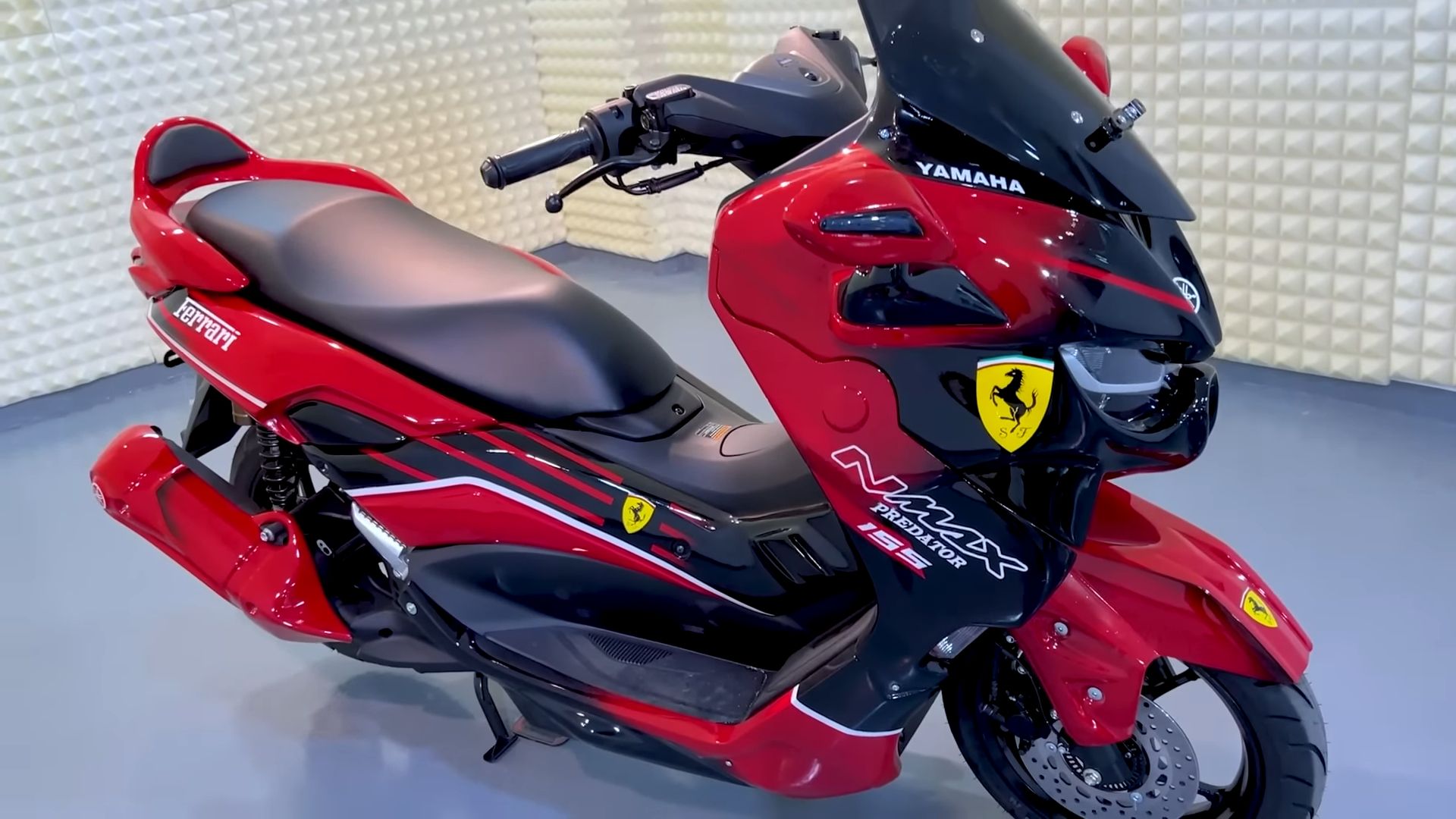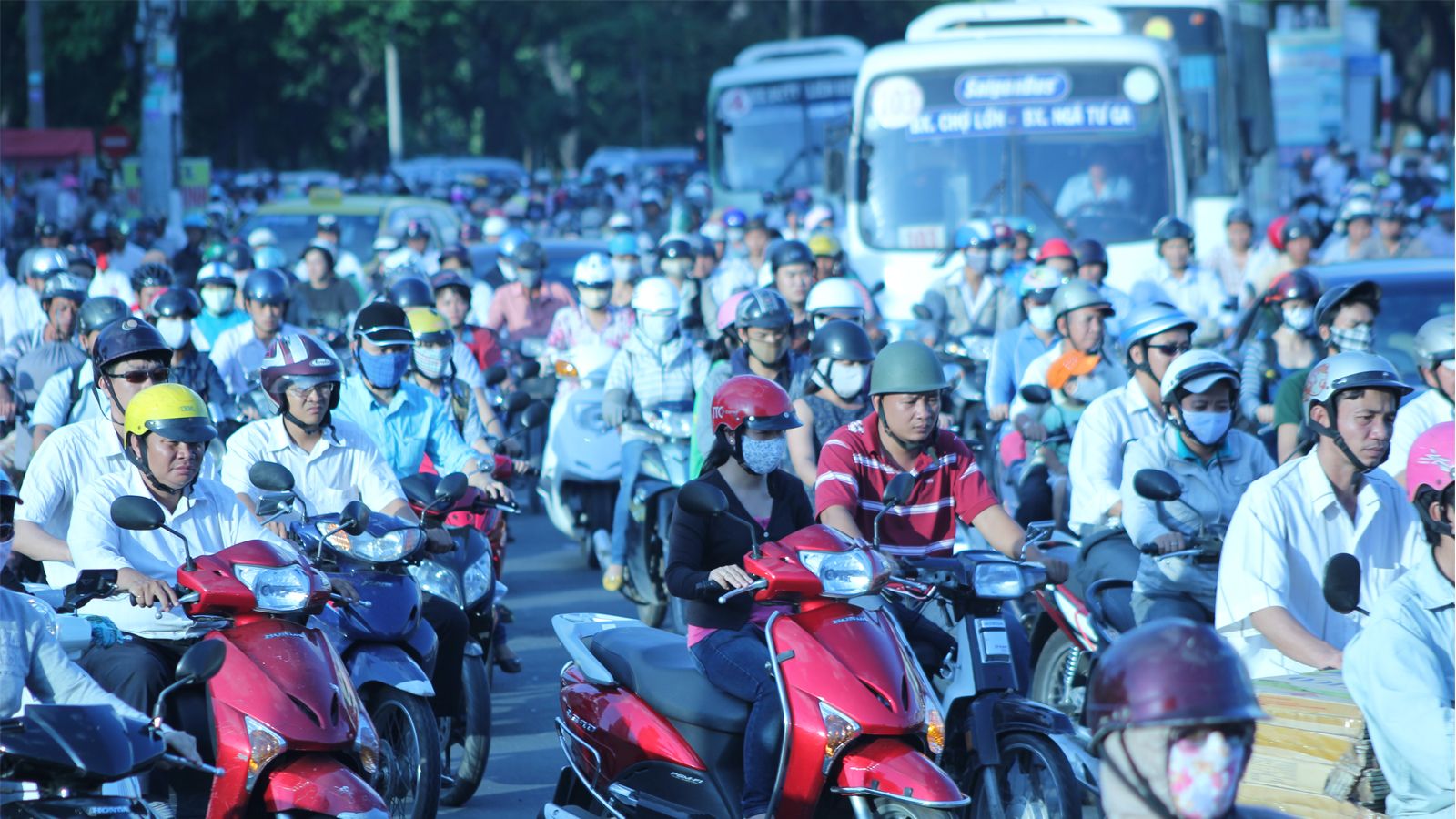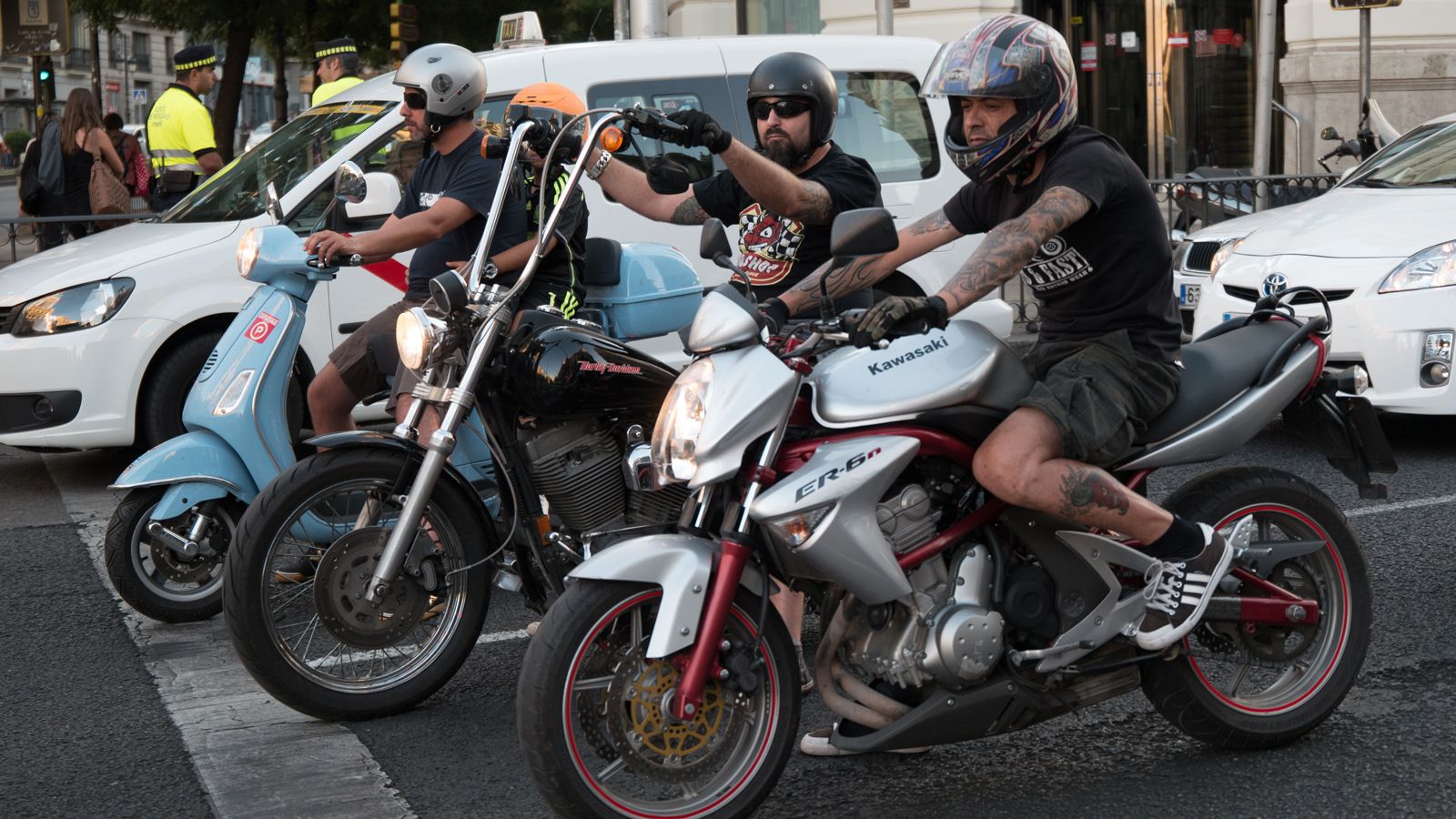Summary
- Scooters have become the market leader in terms of volume of sales, with 48.7 million sold globally in 2022 and an expected increase to 61.6 million by 2027.
- The popularity of scooters in Asia can be attributed to their affordability, easy maintenance, and fuel efficiency.
When we talk about motorcycles, the image that comes to mind are either Harleys, Ducatis, or any other street-ripping rockets that have established a following. At its core, a motorcycle is a two-wheeled vehicle powered by an engine with no pedals, which means that against the wishes of sport bike riders and cruiser diehards, scooters are also part of the motorcycling community.
In Asia, urban streets are mostly dominated by scooters, and despite the emergence of electric bikes, has remained a preferred option of transport for over a billion people. Market research indicates that 48.7 million scooters were sold globally during 2022 alone, with the number expected to grow to 61.6 million by the end of 2027. So what makes scooters the market leader in terms of volume of sales?
History Of The Scooter
There is no definite answer as to when the scooter was first invented, but the first recorded production scooter is the Hildebrand & Wolfmüller which carried a monstrous 1490cc engine that made a staggering 2.5 horsepower. A lot of the early scooters came from companies that have long shuttered, such as Auto-Fauteuil and ABC motorcycles.
Early designs were very crude and simplistic, almost resembling the kick scooter that we see kids take for a spin. Contrary to contemporary trends, scooters were more prominent in the West than they were in Asia, as post-WW2 scooters such as those from Peugeot, Lambretta, and Vespa were all the rage after the war.
Over to the east, the recovering economies of Japan and China were rebuilding their motorcycle industries. In 1948, the Japanese motorcycle industry was starting to regain its pre-war strength, culminating in the dramatic increase in production seen between 1951 and 1958 which saw over a million motorcycles being made.
While “not as cool” as the big burly Harleys of the time, scooters enjoyed a healthy reputation among people, with Audrey Hepburn riding a Vespa in Roman Holiday back in 1951. The biggest step towards popularizing small motorcycles for everyday use came in the form of Honda’s Nicest People campaign.
The Super Cub might not be a pure scooter, but its influence stretched far across the motorcycling industry which further helped scooters gain much needed traction in a market dominated by Harleys and Triumphs.
Asian Scooters vs European Scooters
Globally, 48.7 million scooters were sold during 2022, with almost half being concentrated within Asia. A couple of million units are spread across the other continents, with Europe taking a larger share compared to the others.
What constitutes this large discrepancy in sales and production is the fact that Asian manufacturers have dedicated a large amount of their resources into R&D and marketing of scooters within the Asian markets. It also helps that 3 of the big 4 Japanese motorcycle manufacturers produce their own diverse scooter lineups for Asia.
Looking at it from a macro view in the market, the only European scooter manufacturers are BMW, Piaggio group, and Peugeot. Other brands such as Benelli and Italjet produce very limited amounts of scooters to make a significant impact in the market. Compare that to Honda, Yamaha, and Suzuki’s scooter lineups found in Asia, the gap is easily seen.
For starters, half of Honda’s 17 million scooters sold in 2022 were all within the ASEAN region, while 4 million Yamaha scooters found their way into Southeast Asian streets and Suzuki followed closely behind with 1.7 million sales. Outside of Japan, Taiwanese brands like Sanyang Motor (better known as SYM) and Kymco are also household names in Asia.
A quick look at the lineups available in Europe and Asia gives a better picture on the disparity. An example would be Yamaha’s scooters, as Europeans only get the TMAX, Xmax, Nmax, Tricity, Xenter, and D’elight. Over in Asia, Yamaha offers the Xmax, Nmax, Tricity, and 7 motorcycles under the Mio line, which are the Sporty, i125, Fazzio, Soul i125, Gear, Gravis, and Aerox.
Such diversity and variations are unseen in European markets and manufacturers. Vespa only offers 8 motorcycles (one of which is a special edition) while Lambretta only offers 3. The only European manufacturer that can rival Japanese lineup varieties is Peugeot, with a lineup of over 20 scooters for sale in 2023, although some are re-skins despite being labeled individually on their site.
The Asian Scooter Love Affair
The popularity of scooters in Asia is caused by a number of factors. Firstly is the low barrier to entry, as scooters are generally cheaper alternatives compared to cars and most of the motorcycles seen in the West. With the average daily wage being more or less $10, scooters priced at $1,000 to $2,000 are easier to procure, especially when aided by easy financing options.
They are also cheaper to maintain and more fuel efficient, with scooters regularly crossing the 100+ MPG line. Second is the low skill requirement compared to “standard” motorcycles. Learning how to ride a scooter is as easy as riding a bike. So easy, in fact, that even a child can do it, which is the case in remote areas throughout Asia.
Third and lastly is the utilitarian use of a motorcycle in Asia. Who needs a family car when you can fit 3 to 4 people on a 125cc scooter? There were also photos circulating on the internet of what people call “motorcycle logistics”, which are riders are transporting items such as 60” flat screen TVs, large tires, and even another motorcycle on the back of a scooter.
Combining the cheap price of scooters with ease of use, alongside the Asian riders’ ingenuity to utilize the full potential of scooters in narrow urban streets, it’s no surprise that the #1 selling motorcycles across the globe is the humble scooter.
America and Scooter Rarity
With oil prices being mostly up and cars getting more and more expensive by the year, why hasn’t the scooter caught on in the USA? Europe certainly has a significant scooter and motorcycling community, but why not in the densely-populated urban centers of the US?
Simply put, a small scooter doesn’t fit well on American roads, where everything is big. Even in the urban centers, if we take a Yamaha Fazzio 125 into the streets, it will look small and may even end up putting a rider into harm’s way because of its smaller profile.
Add the fact that most cities in the US almost always require at least a small section of highway to traverse, scooters become non-existent outside small communities such as universities and campus grounds. Some establishments such as pizzerias employ small scooters as their delivery vehicles within cities.
While there is a resurgence of scooters in the US, it’s mostly associated with the electric vehicle craze. The humble scooter will also have a hard time fitting into a modern motorcycling culture, where it’s either about speed or touring. It doesn’t help that manufacturers also offer smaller displacement variants of their “standard” motorcycles, making scooters less favorable in the eyes of most riders.

